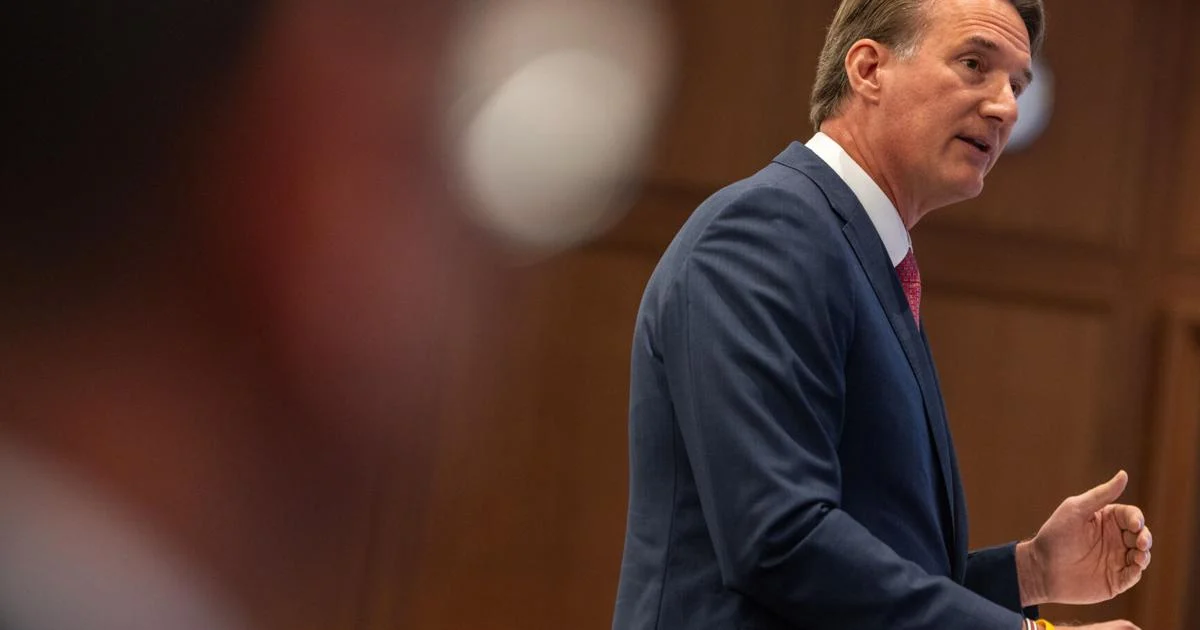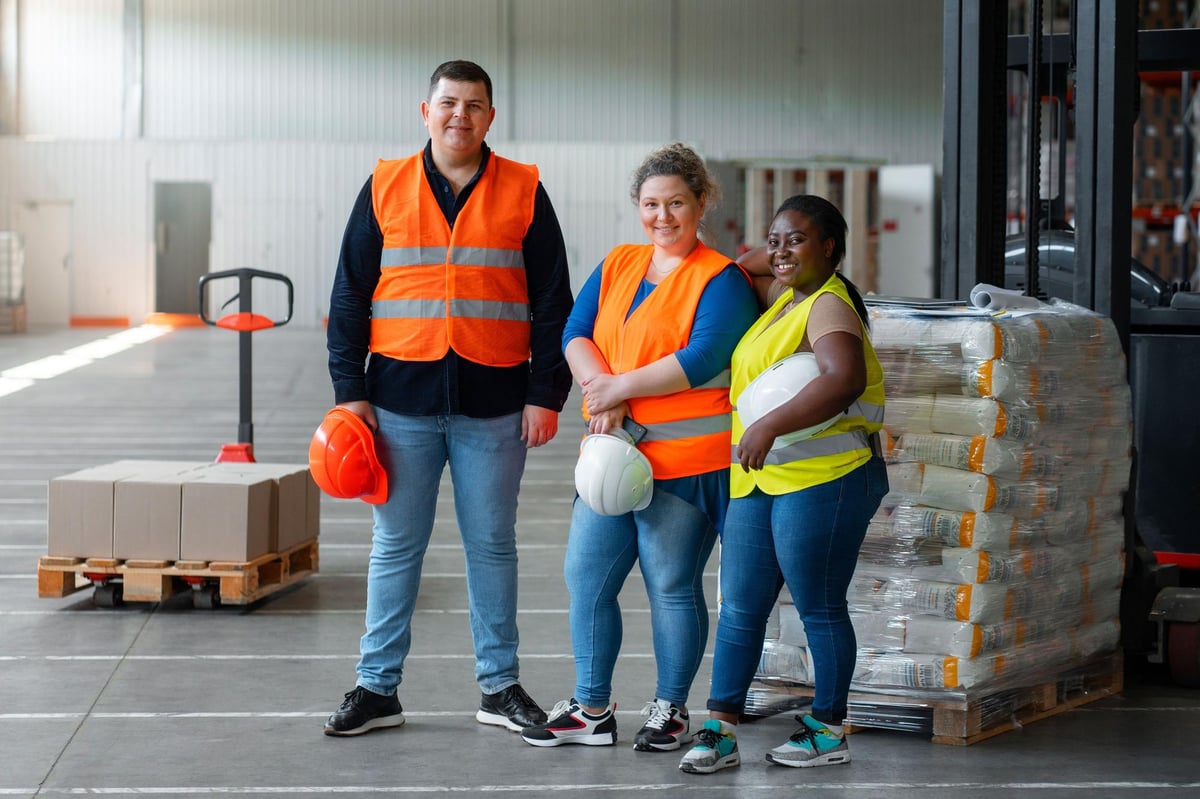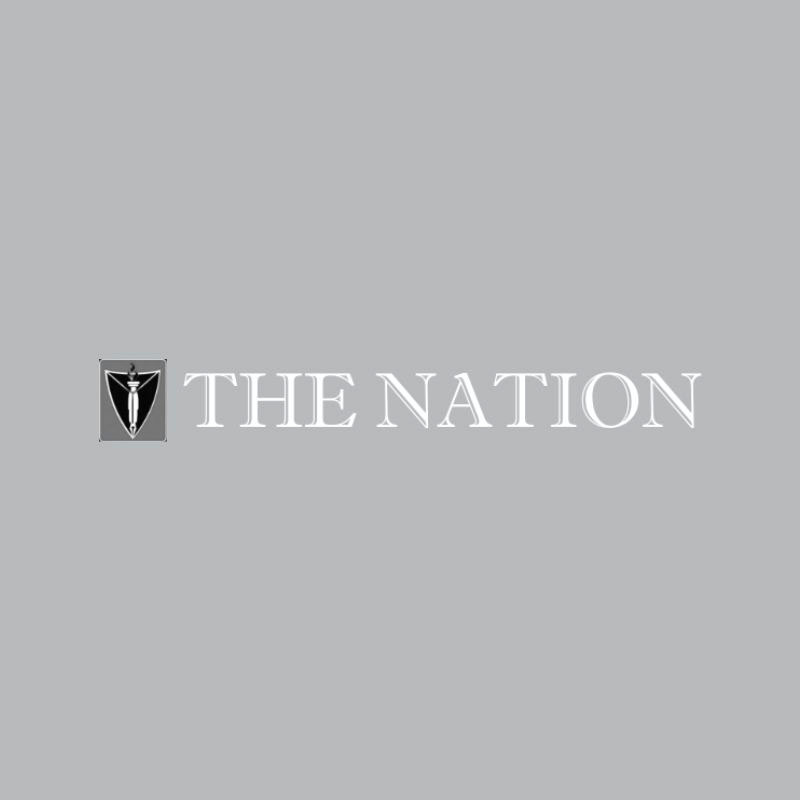
Virginia’s job outlook was a mixed bag in August, with the number of jobs up and the number of people still in the state workforce down.
The result is an unemployment rate that was unchanged at 3.6%, marking the first time in eight months that the state jobless rate did not rise.
Gov. Glenn Youngkin, who leaves office in January, focused on an increase of 7,200 jobs in August and an upward revision of 2,700 in July as vindication of his policies since becoming governor almost four years ago. Since his inauguration in January 2022, Youngkin said the state had added 277,000 jobs, including 44,400 in the previous 12 months.
“The increase in non-farm payroll jobs is a direct reflection of the continued strength of our labor market, job growth driven by significant business investment, and rapid start-up growth,” the governor said in a statement on Friday.
The national statistics released on Friday also show Virginia’s labor participation rate declining by 0.1 percentage point, with 5,081 more people either unemployed or entirely out of the work force than in July. Since the previous August, Virginia’s labor force has decreased by 40,940 people.
“If you treated the number of people who left the work force as unemployed, the unemployment rate would have ticked up,” said Bob McNab, chairman of the economics department at Old Dominion University in Norfolk.
Part of the disconnect is the government’s use of two different surveys – one of households that measures employment, and the other of businesses that counts jobs and employees, including those who work more than one job.
“The numbers tell you both things can be correct,” McNab said. “There can be plenty of jobs open and also the number of people at work or looking for work has declined in Virginia.”
The Youngkin administration emphasizes that Virginia’s unemployment rate is 0.7 percentage point below the national average, which increased to 4.3% last month.
The state’s unemployment rate also has risen by 0.7 percentage point in the past year, lagging only Indiana and Oregon, where the rate rose by 0.8 percentage point over 12 months.
The District of Columbia had the highest unemployment rate in the country at 6%, which increased by the same 0.7 percentage point as Virginia over the previous 12 months. The unemployment rate rose 0.2 percentage point in Maryland in August, matching Virginia’s rate at 3.6%.
The war of numbers drives different political conclusions about the state of the economy under President Donald Trump, who took office on Jan. 20, and, in Virginia, under Youngkin, a Republican ally of the president who has been mentioned nationally as a potential presidential candidate in 2028.
The governor emphasizes the number of jobs that his administration has created – or will – under economic development deals reached during his tenure. He also focuses on the number of jobs available to Virginians who have lost their federal government employment or work as private government contractors under Trump, who has slashed the federal workforce and spending, both important to the state’s economy.
“With more than 200,000 open jobs, combined with substantial, continuous investment and a nation-leading workforce, Virginia continues to be the land of opportunity for businesses and individuals alike,” he proclaimed.
The job outlook in Virginia also has become a central issue in the campaign for governor, with Democrat Abigail Spanberger calling on the Youngkin administration to do more to defend Virginians who have lost their jobs because of Trump’s actions and Lt. Gov. Winsome Earle-Sears sharing credit for what she calls the governor’s success in expanding opportunities for jobs in the private sector.
Earle-Sears is appearing at an early voting rally on Friday evening in Chesterfield County with former Republican presidential candidate Vivek Ramaswamy, who co-led Trump’s Department of Government Efficiency with Elon Musk before stepping down in January to run for governor in Ohio next year.
Virginia lost 1,800 federal jobs in August from the previous month and 8,700 since the previous August, the U.S. Bureau of Labor Statistics reported. The state also lost 1,900 jobs in professional and business services – a category that includes high-wage jobs for private companies working for the federal government – from month to month, as well as 8,000 from year to year. Manufacturing business shed 100 jobs in August, compared with the previous month and 4,100 compared with the previous year.
The state gained the most jobs in education and health services – 4,600 compared with the previous month and 27,600 more than the previous year. It also showed gains in construction, services and production of goods.
State officials are waiting until the end of the federal fiscal year on Sept. 30 to measure the full effect of the cuts under Trump. That is when deferred resignations take effect for federal employees who accepted the “fork in the road” and other buyout offers that DOGE made earlier this year to shrink the government workforce.
Those reductions largely have not shown up yet in state unemployment claims. Virginia Secretary of Labor Bryan Slater said that about 1,700 affected federal employees have filed for unemployment insurance in Virginia. Slater said affected employees had filed about 5,000 claims in D.C. and 3,000 in Maryland.
“It has not been – yet – what anyone was expecting,” he said.
The numbers are higher for employees of private contractors, with about 5,900 claims by workers for the top 500 companies doing business for the federal government.
“We’ll see what happens after the 30th,” Slater said.



